Memes in Advertising / Corporate Memes
Confirmed 13,370
Part of a series on Online Advertisement. [View Related Entries]
Memes in Advertising / Corporate Memes
Part of a series on Online Advertisement. [View Related Entries]
| Navigation |
| About • Origin • Spread • Related Memes • Various Examples • Search Interest • External References • Recent Images • Recent Videos |
About
Memes in Advertisements, also known as Corporate Memes, are memes used by a company or organization to push a message or product towards a younger audience. Often, they are viewed unfavorably by the target audience and show a cringeworthy misunderstanding of memes and meme culture, though they are sometimes well-received.
Origin
On August 13th, 2008, Martin Bowling began a successful Twitter[1] campaign advertising an alcoholic beverage called Zima through jokes and mockery. His earliest known tweet about the product (seen below) quickly led to viral debates and memes. After the successful exposure of Zima through the use of memes, other companies began to follow with their own meme marketing campaigns, most of which were highly unsuccessful. Zima's usage of internet humor and memes serves as one of the earliest known forms of corporate marketing.

Spread
In 2011, a company called HipChat created a billboard (seen below) to advertise their instant messaging tool. As a result, they saw a 300 percent increase in Google searches.[2] The campaign was widely considered successful as a result of the incorporation of the Y U No Guy meme.

In 2012, HubChat[3] created a meme (seen below) to market their advertisement website. The company deemed it successful in generating interest because, according to them, it received 60 likes, 53 comments and 337 shares on Facebook. This was one of the earliest examples of a digital meme utilizing a format to advertise a product.

Advertising memes became more mainstream between 2014 and 2018. One notable example was an ad for Fenty Beauty[4] (seen below) in November 2018 that references Thanksgiving Clapback memes.

Subreddit Creation
By 2021, memes had become an incredibly popular but rarely successful marketing technique. The subreddit /r/FellowKids[5] was formed to catalog the most cringeworthy examples of bad usage of memes in advertisements, including brands such as Slim Jim, Disney and iFunny. The top post of all time (seen below), uploaded in 2017 by u/Asmor, received over 64,300 upvotes and 1,000 comments in six months.

Among Us Advertising Memes
Since 2020, one popular trend has been to reference the game Among Us in advertisements. This includes randomly inserting the word sus into ads with little understanding of its true meaning and is almost never met with positive reception. This TikTok [6] advertisement (seen below) received over 4,300 likes and 1,800 retweets despite being disliked by many in the target audience.

The majority of failed corporate memes stem from their exploitation or general lack of understanding in meme culture. Rare instances like @wendy’s Twitter account, Steak-umm and Denny’s are among the most highly regarded successful uses of memes as ads or brand recognition.
Related Memes
Wendy’s Roast Twitter
The Twitter account @wendy’s is the official profile of Wendy’s fast-food chain. It gained notoriety for its brutal roasts of Twitter users and other fast-food chains. It is generally admired by the meme community.

How Do You Do, Fellow Kids?
"How Do You Do, Fellow Kids?" is a meme quote and reaction image showing a middle-aged Steve Buscemi dressed up as a teenager holding a skateboard. It is frequently associated with corporate memes as the mental image evoked by bad Gen-Z targeted advertising.

Steak-umm
Steak-umm is a meat brand with a Twitter account that is well-known for posting memes and references to youth culture. It has been met with both praise and disapproval of its marketing technique by young consumers.
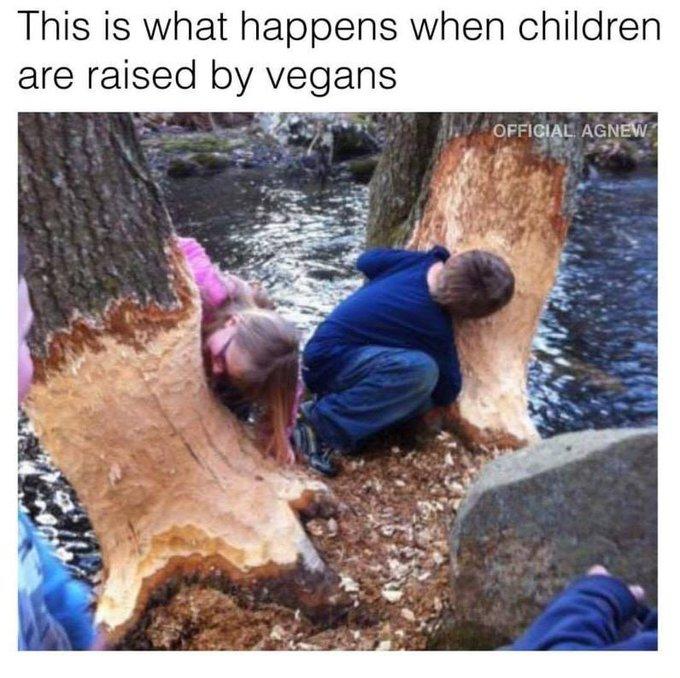
Denny’s Diner
The food chain Denny’s is known for its use of memes in advertising, with the marketing scheme widely regarded as successful and showing impressive knowledge of meme culture. Its Tumblr blog in particular gained a high level of engagement.

Various Examples





Search Interest
External References
[1] Twitter – @martinbowling
[2] Finances Online – SaaS Visual Marketing Strategies for Different Stages of the Sales Funnel
[3] HubSpot – 13 Popular Memes Masquerading as Marketing Campaigns
[4] Instagram – Fenty Beauty
[5] Reddit – RC Cola Lays Down Some Savagery
Recent Videos 1 total
Recent Images 243 total
Share Pin


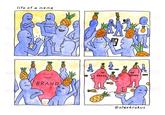





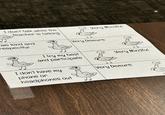

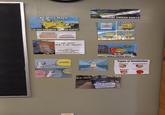
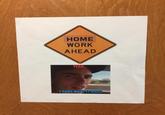


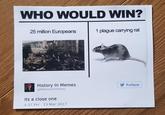

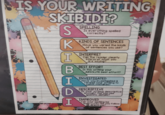
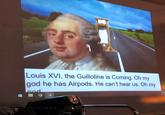
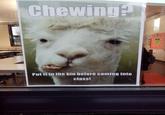

Comments ( 6 )
Sorry, but you must activate your account to post a comment.
Please check your email for your activation code.